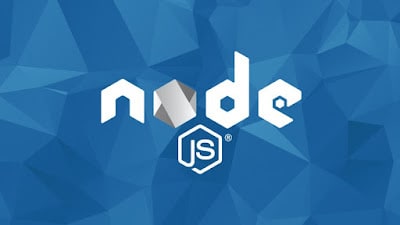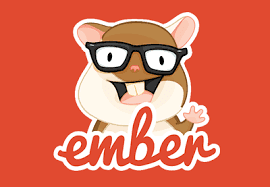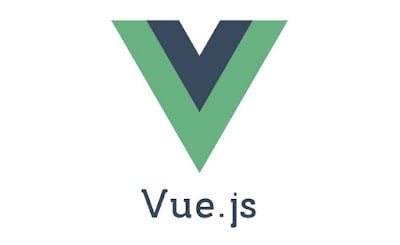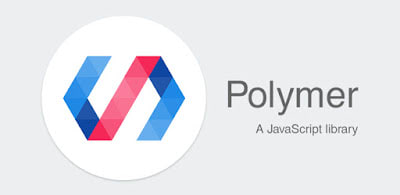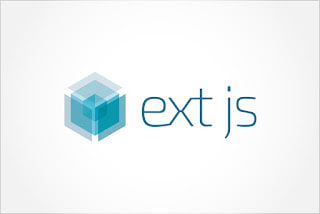Disclosure: This post includes affiliate links; I may receive compensation if you purchase products or services from the different links provided in this article.
There is no doubt that JavaScript is now the #1 programming language in the world and also the king of web development. If you want to become a web developer who can quickly create websites as you see on the internet then a good knowledge of JavaScript and various, popular JavaScript web development framework is very important for you.
These framework has completely changed the way people develop web application a decade ago. After node.js, it's even possible to create a complete web application from front-to-back using just one programming language, JavaScript. That's why it has become the favorite programming language of all Full-stack Web Developers.
JavaScript started its journey as a client-side scripting language which could be used along with HTML for writing web pages and provide dynamic functionality at the client-side like the validation of input and animations.
Things started changing when AJAX comes into the picture which allowed the web developer to update a part of the web page without downloading the whole web page from the server, this made the GUI faster and more responsive.
Then comes jQuery which made the JavaScript hugely popular. It won the game for JavaScript on the client-side with virtually no competition but server-side language like Python, PHP, and Ruby was still required to develop web applications.
Also, creating and managing UI wasn't easy with different technologies e.g. JSP, ASP .NET, etc but then comes node.js which made it possible to develop a server-side component using JavaScript. Now, you can develop a fully functional web application by just using JavaScript.
Top 10 JavaScript framework for Web Developers.
In this article, I am going to share some of the most useful JavaScript frameworks and library you can use for web development. As a web developer, you should be familiar with them and know when you can leverage them to build your next project. The list includes frameworks like Angular, Ember.JS, Node.JS, and libraries like jQuery and ReactJS
1. Node.js
Node.js or Node JS is another powerful JavaScript framework which allows you to develop a server-side component using JavaScript.
The biggest advantage of Node JS is that now you can develop a web application end-to-end using just JavaScript.
It's also free and runs on various platforms (Windows, Linux, Unix, Mac OS X, etc.) Node.js uses an asynchronous, event-driven, non-blocking I/O model that makes it lightweight and efficient.
Node.js' package ecosystem, npm, is also the largest ecosystem of open source libraries in the world. If you want to learn more about Node.js then The Complete Node.js Developer Course (2nd Edition) is a great course, to begin with. You can get it on just $9.99 on Udemy sale.
2. Angular
Angular previously known as Angular JS is a single web development framework developed by Google for both desktop and mobile web applications.
Angular aims at creating progressive web apps by offering dependency injection that helps in data service assembly for applications while an HTML template that is used for composing templates.
Angular also has a powerful ecosystem that includes four data libraries and support in IDEs. If you want to learn Angular then Angular7 - The Complete Guide is a good place to start with.
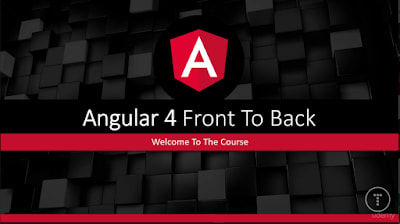
Btw, if you don't mind learning from a free resource or if you need free courses to learn Angular framework then you can also see this list of free Angular courses.
3. React JS
React is Facebook's component-based web development framework for making UIs and offering declarative views, which makes the code more predictable and easier to debug.
It does not support controllers or models. React can also render on the server using Node and power mobile apps using React Native. In short, it allows you to build powerful, fast, user-friendly and reactive web apps.
If you want to learn React then React 16.6 - The Complete Guide is a good course to start with. You can take this online course on Udemy.
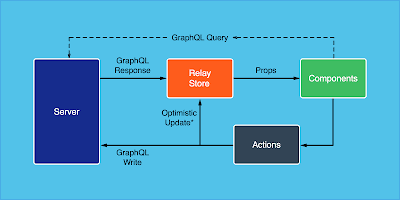
If you need free courses to learn React framework then you can also see this list of free React courses.
4. jQuery
jQuery is probably the most popular JavaScript library out there which provides so many features for modern day development.
You can use jQuery API for event handling, animation and manipulating of the HTML document, also known as DOM. Besides this, jQuery is being used with Angular and React App building tools too. In short, one of the must know JavaScript library for web development.
If you decide to learn jQuery from scratch or want to improve your understanding then The Complete jQuery Course: From Beginner To Advanced! is a good place to start with.
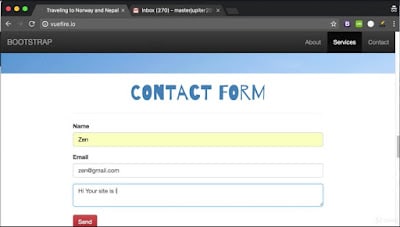
Btw, If you need free courses to learn Angular framework then you can also see this list of free jQuery courses.
5. Backbone.js
Backbone.js is a JavaScript library with a RESTful JSON interface and is based on the Model, View, and Presenter design paradigm. Backbone.js provides structure to heavy web applications.
It also provides models with key-value binding and custom events, collections with a rich API of enumerable functions, views with declarative event handling, and connects it all to your existing API over a RESTful JSON interface.
If a UI action allows a model attribute to change, it will result in an automatic change of event. The changes on the models are propagated to UI to help them to re-render themselves.
If you want to know more about Backbone JS then I suggest you check Backbone Tutorial: Learn Backbonejs from Scratch course on Udemy.
6. Ember.js
Ember.js is another popular, open-source JavaScript web framework which is based on the Model and View pattern.
It allows developers to create scalable single-page web applications by incorporating common idioms and best practices into the framework itself.
It has integrated features like templates also known as handlebars that helps in writing less code and have the ability to update themselves with a change in data. Ember.js can be installed via NPM.
If you want to learn more then Build Web Apps Using EmberJS: The Complete Course, is a good resource.
7. Meteor JS
Meteor or MeteorJS is a full-stack JavaScript platform for developing modern web and mobile applications.
Meteor includes a key set of technologies for building connected-client reactive applications, a build tool, and a curated set of packages from the Node.js and general JavaScript community.
It helps in faster app development for web, mobile or desktop with relatively less code. If you want to develop a web application using Meteor then Learn MeteorJS By Building 10 Real World Projects on Udemy is a good course to start with.
8. Vue.js
Vue.js is another open-source progressive JavaScript framework for building user interfaces, similar to React.
The USP of Vue.js is its adaptability, integration into projects that use other JavaScript libraries is very easy with Vue because it is designed to be incrementally adoptable.
It also supports declarative rendering using template syntax to provide data to the DOM. For beginners, Nuxt.js - Vue.js on Steroids is a good place to start with and find more information.
9. Polymer JS
The polymer is another open source JavaScript library that helps you create custom reusable HTML elements, which can be used to build performant, maintainable web applications.
If you compare Angular with Polymer as both are developed by Google, then Angular is a complete framework for building web apps, whereas Polymer is just a library for creating Web Components.
If you want to learn Polymer JS then Getting Started with Polymer.js on Pluaralsight is a good course to start with.
10. Ext.JS
For a change, Ext.JS is a commercial Javascript product rather than free and open source stuff we have been discussing so far.
Ext JS or Sencha Ext JS is used for making data intensive, enterprise-oriented and cross-platform web applications. It provides several sophisticated UI components like calendars and data grid.
If you want to learn Ext.js then Building Application with Ext JS is a nice course to start with.
That's all about some of the essential JavaScript frameworks and libraries for modern web development. These JavaScript libraries had seriously made web development faster and easier. You will also found numerous other JavaScript library for your different need.
After Node.js its even possible to develop a complete web application, front to back using just JavaScript.If you want to learn more about modern web technologies, The Web Developer Bootcamp by Colt Steele on Udemy is the best course to start with.
Other Programming and Web Development Articles* you may like
5 Free Spring Framework Courses for Java Developers
Top 5 Courses to learn Web Development for Beginners
5 Courses to Learn Big Data and Apache Spark
5 courses to learn Python for Beginners
Top 5 Courses to learn ReactJS for Web Developers
Top 5 Courses to Learn Spring Boot for Beginners
10 DevOps Courses for Senior Software Developers
5 Courses to Learn React Native for Beginners
Top 5 Courses to Learn TypeScript for Web Developers
Top 10 JavaScript Tutorials and Courses for Web Developers
Thanks for reading this article so far. If you find these frameworks useful for Web development then please share with your friends and colleagues. If you have any questions or feedback then please drop a note.
P. S. - If you are a beginner and just starting with web development then The Complete Web Developer Bootcamp by Angela Yu is also an excellent course to start with. It will teach you web development without any programming experience and it also covers most of the frameworks discussed here.


